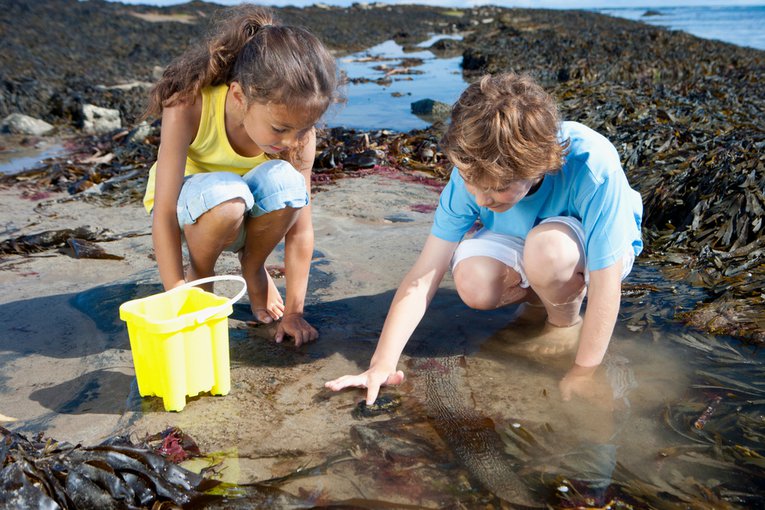
Amazing Ocean
3 minute read
With these resources your students will explore incredible underwater landscapes and the many creatures that live above and below the water's surface
Getting started
Be sure to read our getting started guide first. The guide tells you how our lessons have been designed to be used, and gives you a breakdown of the features included in each one.











